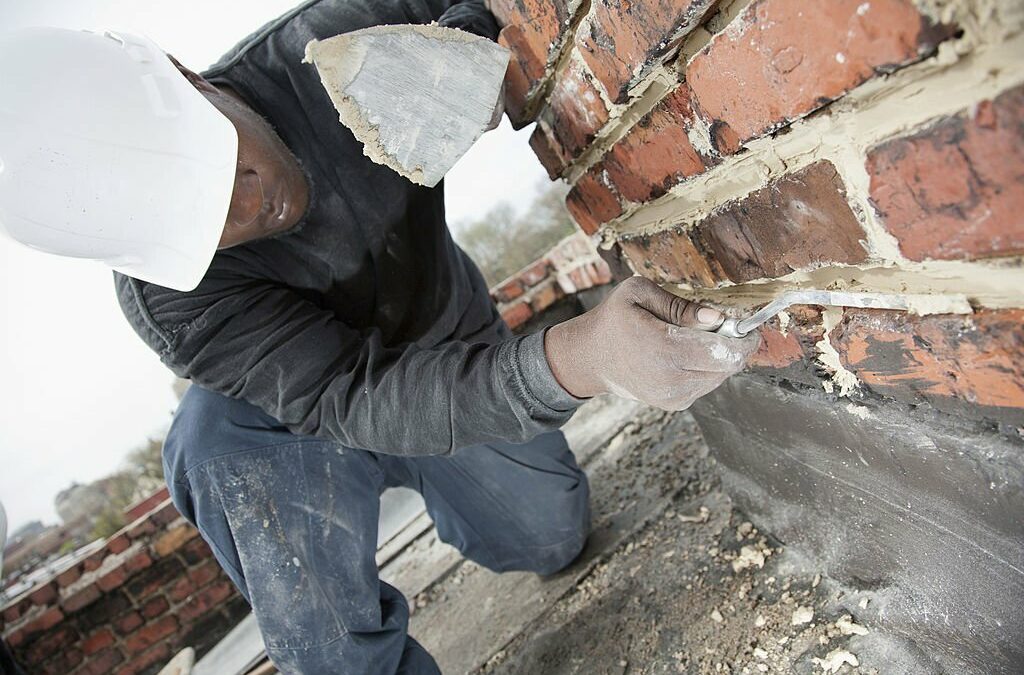Ever wondered how many bricks you can lay in an hour? Factors such as skill level, experience, and working conditions influence bricklaying productivity. In this article, we’ll explore the average number of bricks laid per hour and provide tips to help you improve your speed and efficiency. You can become a more efficient bricklayer by understanding the factors that affect productivity and implementing effective techniques. So, let’s dive in and discover how you can maximize your bricklaying output in a single hour.
Factors Affecting Bricklaying Productivity
Your productivity as a bricklayer can be affected by several factors. One of the main factors is your level of experience and skill. The more experienced and skilled you are, the faster and more efficiently you can lay bricks. Another factor affecting your productivity is the type of project you are working on. Different projects have different requirements and challenges, impacting how quickly you can work.
Additionally, the tools and equipment you use can also play a role in your productivity. Using outdated or inefficient tools can slow you down and make it more challenging to lay bricks.
On the other hand, using high-quality tools that are designed explicitly for bricklaying can help you work faster and more accurately. Lastly, your physical and mental condition can affect your productivity. Being well-rested, physically fit, and mentally focused can improve your efficiency and speed as a bricklayer. Overall, you can maximize your productivity as a bricklayer by considering and optimizing these factors.
Average Number of Bricks Laid per Hour
The efficiency of bricklaying is often measured by the average number of bricks laid per hour. This metric clearly indicates a bricklayer’s productivity and skill level. Experience, technique, and the project’s complexity can influence the average number of bricks laid per hour.
Experienced bricklayers who have honed their skills over time can typically lay a more significant number of bricks in an hour than those new to the trade. With experience, they develop efficient techniques and can work more quickly without compromising quality. Additionally, bricklayers who have worked on a wide range of projects are often more adept at handling different types of bricks and navigating complex designs, allowing them to lay bricks at a faster pace.
The size and complexity of the project also play a role in determining the average number of bricks laid per hour. Projects requiring intricate patterns or brick cutting may slow the bricklayer’s progress. Conversely, projects that involve simple, straightforward designs may allow for a higher bricklaying speed.
Tips to Improve Bricklaying Speed and Efficiency
To improve your bricklaying speed and efficiency, focus on optimizing your technique. One of the most important tips is to ensure that your mortar mix has the right consistency. A mix that is too dry or too wet can slow you down and make your work less precise. Aim for a mix that is firm and sticky, allowing the bricks to bond well. Another tip is always to plan and have all the necessary tools and materials within reach. This will save you time from constantly searching for what you need.
Additionally, make sure to lay out your bricks in an organized manner before starting. This will help you work faster and avoid mistakes. Practicing good body mechanics and posture is crucial to prevent fatigue and injuries. Keep your back straight, use your legs to lift heavy objects, and take breaks when needed. Lastly, feel free to ask for help when necessary. Working as a team can significantly improve efficiency and speed up bricklaying. Implementing these tips can enhance your bricklaying skills and complete projects more efficiently.

